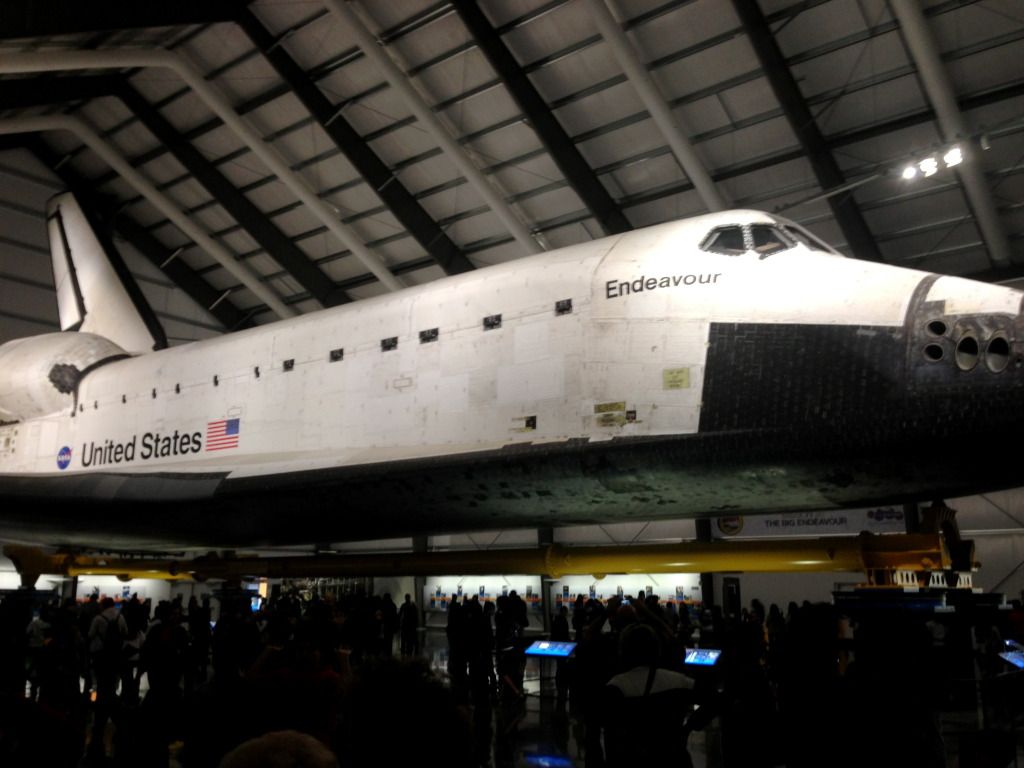Critical Thinking Sentence Frames Classroom Posters (FREEBIE)
Revised Bloom's Taxonomy Classroom Posters
Revised Bloom's Taxonomy Classroom Posters
I have those posters posted front and center in my classroom. They are fabulous! I still needed a chart that they could reference at all times, even at home. I went searching on the Internet for an anchor chart that I could also display permanently and continuously add to for reference. I found one on Pinterest (it says from Misskillion.blogspot.com, but I'm unable to link to it to credit properly).
The chart is simple, straight forward, and easy to manage. We discussed the importance of getting those gears spinning in our brains to really dig deep and create lasting learning experiences. Some of my students immediately made reference to our order thinking posters.(Yippee!) I don't know about your kiddos, but food always seems to make lasting learning in my class. Therefore, I made them think about a meal that they have had and that was very memorable or made an impression in their minds. We talked about the why's of such an event. I then showed them a picture of a "thin" hamburger and if any of them wanted one--of course all the hands go up. I then showed them a picture of a "thick" and juicy looking hamburger and asked who would prefer that one--all the hands went up with a roar.
This led to a "deep"--5th grade level conversation about how questions have the same impact on our brains, and how our brains NEED the "thick" hamburgers to really learn things and make them have lasting impressions at a deeper level. Lastly, and most importantly for my kiddos, I had them copy the chart in their Language Arts notebook. Now when they have to come up with questions of their own at home and in class they have a point of reference along with our other posters. In class, I always ask them if the question is "thin" or "thick", and they quickly modify if necessary. I know it is difficult to believe that a simple chart and posters have made such a difference, but they have. (Even my principal was impressed at their level of questioning one day as she made her rounds :))


















